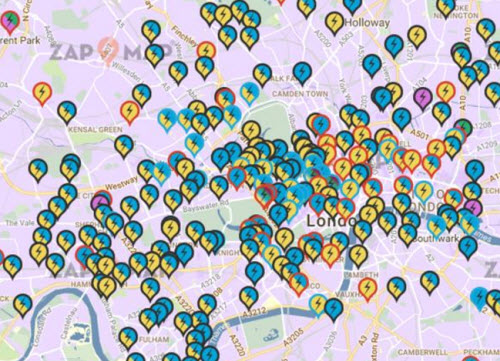
Schroders: Do only “smart cities” have the answer?
Close to a quarter of the world’s population lives in cities, and the percentage is rising. We look at how cities are getting smarter to cope with congestion and fight climate change.
24.07.2017 | 09:25 Uhr
President Trump’s announcement last month that the US will withdraw from the Paris Climate Agreement was followed almost immediately by an announcement from 343 US city mayors that their commitment to its goals remains unchanged. The contradiction highlights the growing role of cities in making progress toward climate goals.
Connective issues
Urbanisation and population growth is placing greater strain on already-burdened cities around the world, through traffic, air pollution, poverty and overcrowding. In 2016, close to a quarter of the world’s population (1.7 billion people) lived in cities. The UN expects that share to double (to 5 billion people) by 2030. The pressures cities face, and the opportunities they present to reshape the infrastructure on which they rely, make them a key part of climate policy.
The concept of “smart cities” is predicated on data and technology becoming integrated with other processes, which provide necessities like water, energy and clean air. Urban networks of people and appliances offer a huge amount of data. Connectivity is the key to unlocking the potential for efficiency and environmental benefits; smart cities are set to account for 40% of the total economic benefits from the broader trend toward “internet of things”. Transport, energy, data management, and infrastructure are the main areas that will need to change and will benefit.
Electric avenues
Recent congestion charges and diesel bans show how transport is changing in cities. As population density increases, efficient transportation infrastructure is becoming increasingly critical. Investment is flowing into both infrastructure – for example, data services that can track real time congestion on roads or pavements to spread loads at peak times – and services, with car ownership falling. London has seen a 30% reduction in car traffic over the last decade3, filled by rising use of public transport.
Electric vehicles provide both a solution and a challenge for cities. Their momentum seems undeniable; the Indian government recently announced its plans to have only electric vehicle car sales by 2030. Electric vehicles produce zero emissions or pollution during use, which is hugely beneficial to urban areas.
However, plug in electric vehicles require charging stations. Whether this is in the form of household charging or street charging it will require cities to adapt their grid. Already we are seeing huge growth in charging infrastructure in major cities as the below snapshot of London charging stations underlines. EV charging points in Japan passed the number of filling stations a year ago.
London charging sites May 2017

Source: Zapmap, May 2017
Smart energy systems also allow greener energy to be produced and less energy to be used. Under the International Energy Agency’s 2-degree scenario, renewables would comprise 28% of global power supply by 2021. The variability of those electricity sources presents major problems matching supply and demand, which smart grid systems can mitigate by smoothing demand over the day, at a city-wide or household level.
Where will cities be "smartest"?
Much of the growing urban population will be in new cities. More than 100 new cities of over 1 million people are expected in the next decade. That development presents a huge opportunity to reshape the global energy infrastructure for long-term climate goals. Emerging markets will be at the forefront; it’s easier to integrate smart technologies in new-build cities than retrofit it into existing ones. The global opportunity for companies to supplying to those markets may reach $400 billion by 2020, presenting tailwinds to investors able to take advantage of that expansion.
Dieser Artikel wurde am 21.07.17 auch auf schroders.com veröffentlicht.



Diesen Beitrag teilen: